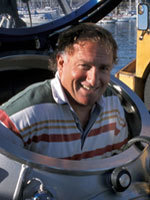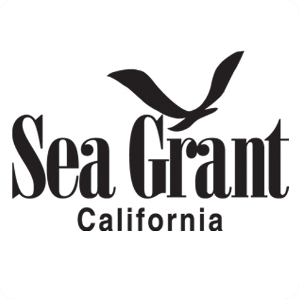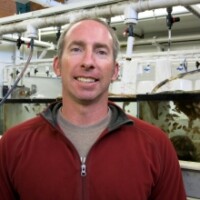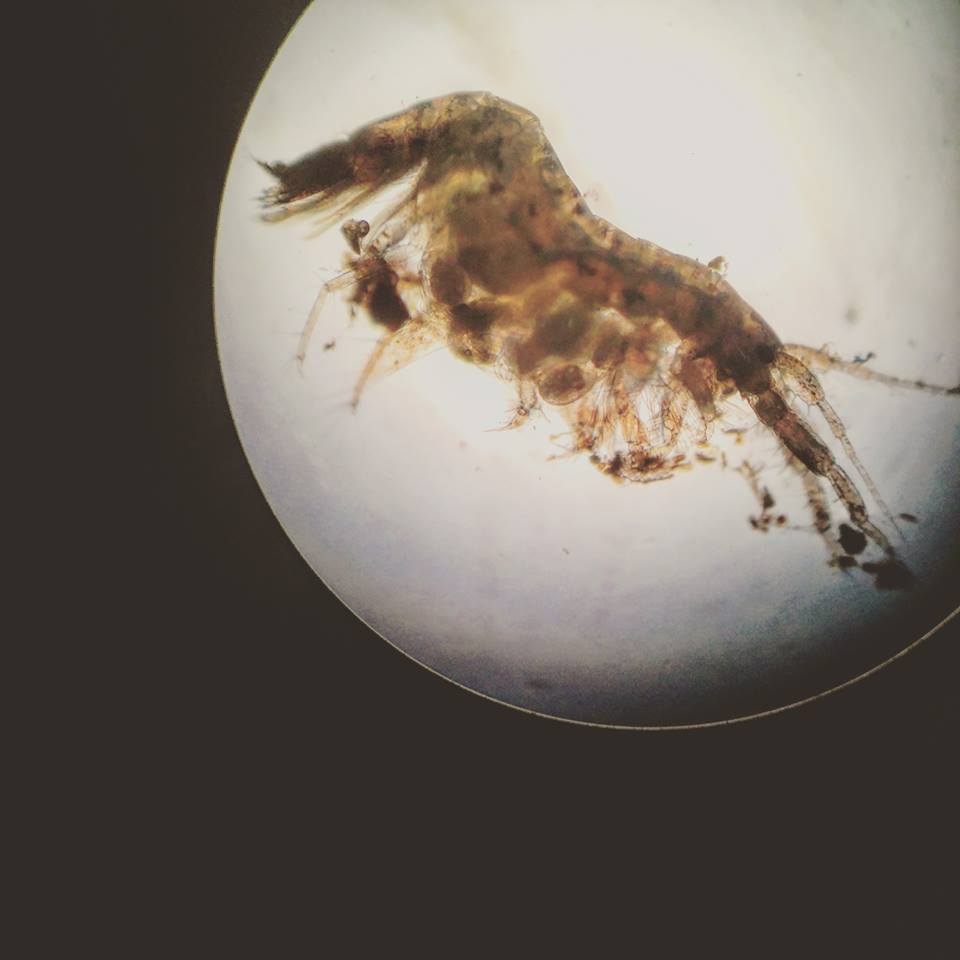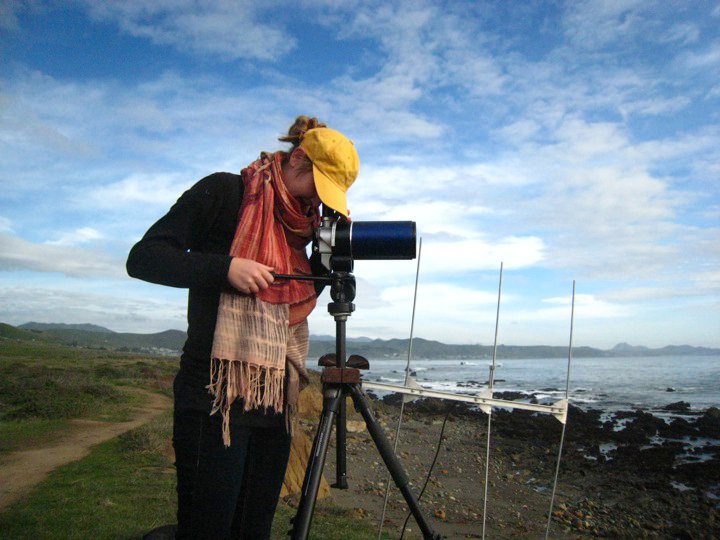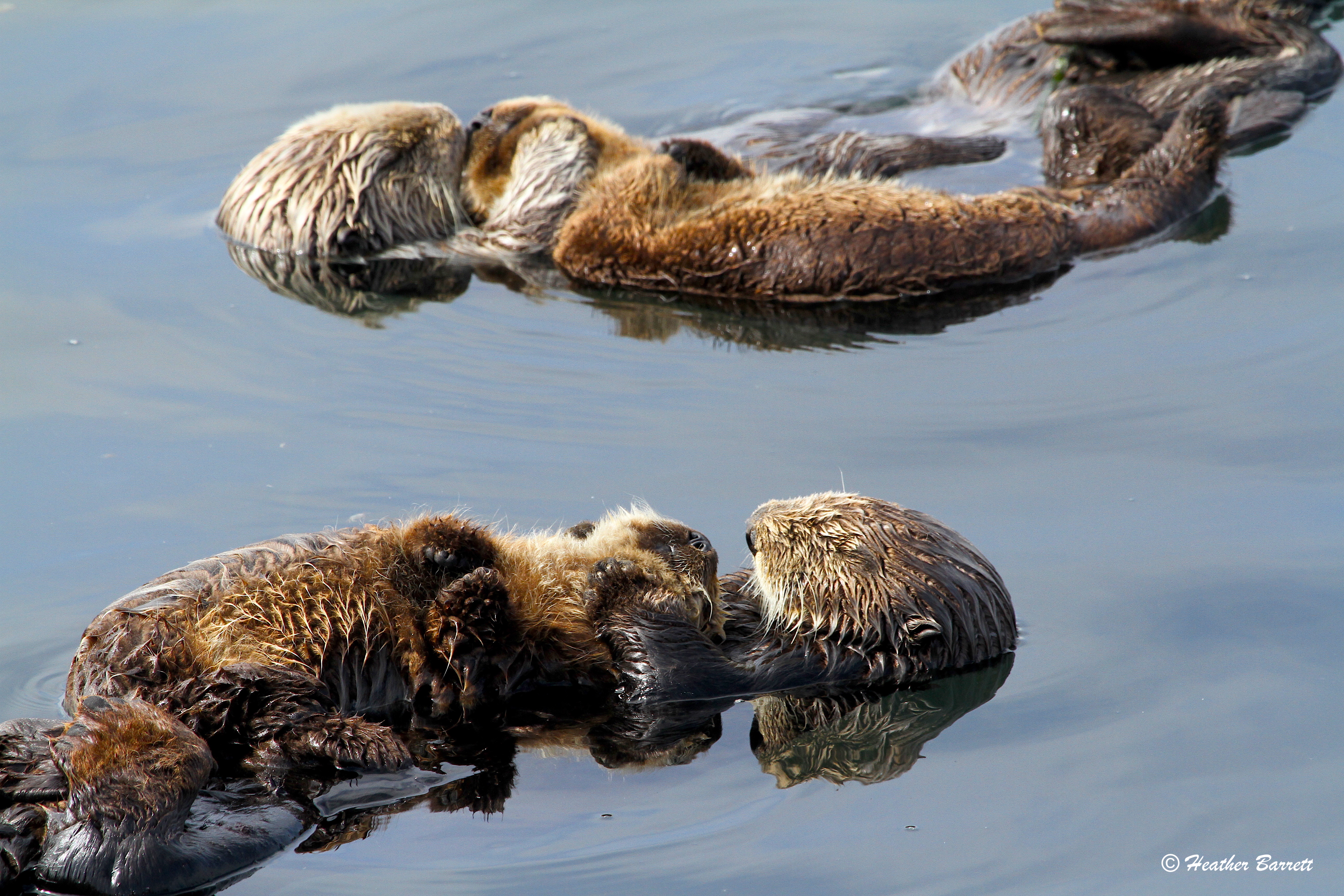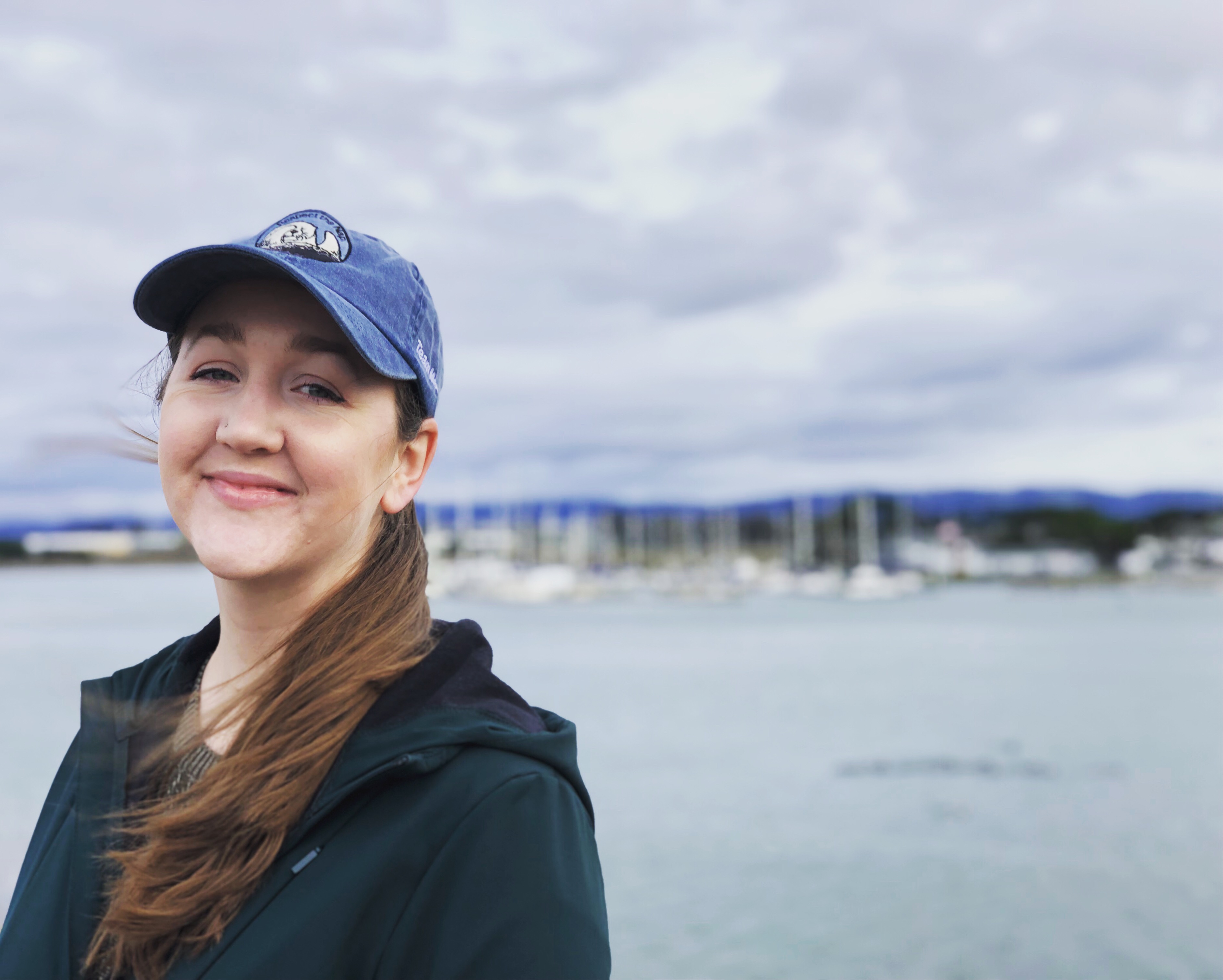At its May 23 meeting, the California Ocean Protection Council (OPC) unanimously approved seven research projects totaling $9.5 million in funding through the Marine Protected Area Monitoring Program.Two projects lead but Moss Landing PIs Dr. Scott Hamilton and Dr. Richard Starr are among those who were chosen for this opportunity.
Month: May 2019
Thesis Defense by Amanda Heidt-June 5th
Spatial characterization of meiofaunal community diversity along the California coast and potential abiotic drivers
A Thesis Defense by Amanda Heidt
Invertebrate Molecular Ecology Lab
Wednesday, June 5th, 2019 at 4 pm
MLML Seminar Room
Amanda is a master's student under Dr. Jonathan Geller in the Invertebrate Molecular Ecology Lab. Prior to her time at Moss Landing, she graduated with a B.S. in Marine Biology and a minor in Chemistry from the University of California, Santa Cruz and an A.A. in University Studies from MiraCosta Community College. Throughout her academic career, Amanda has worked for the Monterey Bay Aquarium as an animal husbandry technician in the Drifters Gallery, the aquarium's collection of local Cnidarian species, in addition to being a field technician for the Sea Otter Research and Conservation (SORAC) team. She has also logged several hundred dives as a Scientific Diver and PADI DiveMaster. Since coming to Moss Landing, she has worked as a laboratory technician processing samples for next-generation sequencing and has fortunately been able to travel to Hawaii, Baja, and Chile to conduct research. Going forward, Amanda will be entering the Science Communication Master's Program at the University of California, Santa Cruz in the fall of 2019 to further her keen interest in communicating science to various audiences. In addition to managing the Moss Landing student blog The Drop-In and working for the Stanford Center for Ocean Solutions as an Education Programs Assistant and Communications Intern, she recently completed a Science Communication Fellowship with KQED, where she wrote articles for Science News and helped produce episodes of the award-winning 4k YouTube series Deep Look. For more info, you can visit her website.
Thesis Abstract:
Due to their small size and taxonomic obscurity, meiofauna remain a fundamentally understudied group despite their important position at the base of the sandy-beach food web and close association with the surrounding environs. This study aims to characterize meiofaunal community diversity in California across various spatial scales using next generation sequencing techniques and to assign potential abiotic drivers through the analysis of sediment samples using grain size analysis and X-ray powder diffraction (XRD) for mineral composition. Hypotheses suggest that (1) meiofauna will adhere to patterns established by the latitudinal diversity gradient (LDG) and known biogeographic breaks such as Point Conception, (2) meiofaunal communities will change as a function of beach profile (from reflective to dissipative), (3) meiofaunal communities will differ based on their tidal orientation (low-medium-high), and (4) communities will change based on sediment characteristics such as grain size and mineral composition. Analysis of this dataset continues, but preliminary results have found that communities tend to be more diverse in the southern sites (in keeping with the LDG), that significant differences in community composition exist as a function of tidal height, and that sediments vary significantly between sites with respect to mineral composition and grain size analysis. Ultimately, the results of this study will provide a detailed description of meiofaunal composition and abundance along a highly variable and biodiverse coastline and help to bolster meiofaunal sequence representation in molecular databases.
Join us at the Cement Ship Centennial!
Thesis Defense by Heather Barrett-May 24th
The energetic cost of human disturbance on the southern sea otter (Enhydra lutris nereis)
A Thesis Defense by Heather Barrett
Friday, May 24th, 2019 at 4 pm
MLML Seminar Room
Heather Barrett is a master’s student under Dr. Gitte McDonald in the Vertebrate Ecology Lab. She graduated from the University of California Santa Cruz in 2009 with a B.S. in Ecology and Evolution and studied abroad in England, France, and Belize. Prior to her research at Moss Landing Marine Labs, Heather interned with the Monterey Bay Aquarium’s Sea Otter Research Program, worked abroad in education, managed data entry and fieldwork with California Department of Fish and Wildlife’s long-term biodiversity assessment in Northern California, and assisted with whale shark research in Mexico. Heather currently is a team member with Sea Otter Savvy and hopes to continue her work with research, science communication, and outreach.
Thesis Abstract:
With increased human populations and tourism in coastal areas, there is increased potential for disturbance of marine wildlife. Impacts of disturbance are not well understood for many coastal species, such as the southern sea otter (Enhydra lutris nereis). Due to high metabolic rates, sea otters are at particular risk of increased energetic costs due to human disturbance. To investigate effects of disturbance, behavioral scans were conducted over three years to record sea otter activity in response to potential disturbance stimuli at three locations in California: Monterey, Moss Landing, Morro Bay. We developed a hidden Markov model to examine how activity varies as a function of location, time of day, group size, pup to adult ratio, habitat (kelp vs. open water), and occurrence of and proximity to potential disturbance stimuli. We combined our results with published estimates of activity-specific metabolic rates, translating changes in activity state into corresponding energetic costs. Our results indicate that the effects of disturbance stimuli on sea otter behavior are location specific, and vary non-linearly with distance from disturbance stimuli. Our model quantifies the distance-disturbance relationship, and calculates the distance at which the likelihood of disturbance is low: averaged across locations, there is <10% potential disturbance when stimuli are >54 meters away. We also estimate energetic costs(kJ) associated with various disturbance scenarios: for example, daily energy expenditure is expected to increase by 212.53kJ ± 15.75, 154.64kJ ± 13.84 and 62.54kJ ± 5, for Monterey, Moss Landing and Morro Bay, respectively, with six small-craft approaches of ≤20m for a 27.7kg male otter in kelp with 10 otters and a pup ratio of 0.25. Our analyses represent a novel approach for estimating behavioral responses and energetic costs of disturbance, thereby furthering our understanding of how human activities impact sea otters and providing a sound scientific basis for management.


